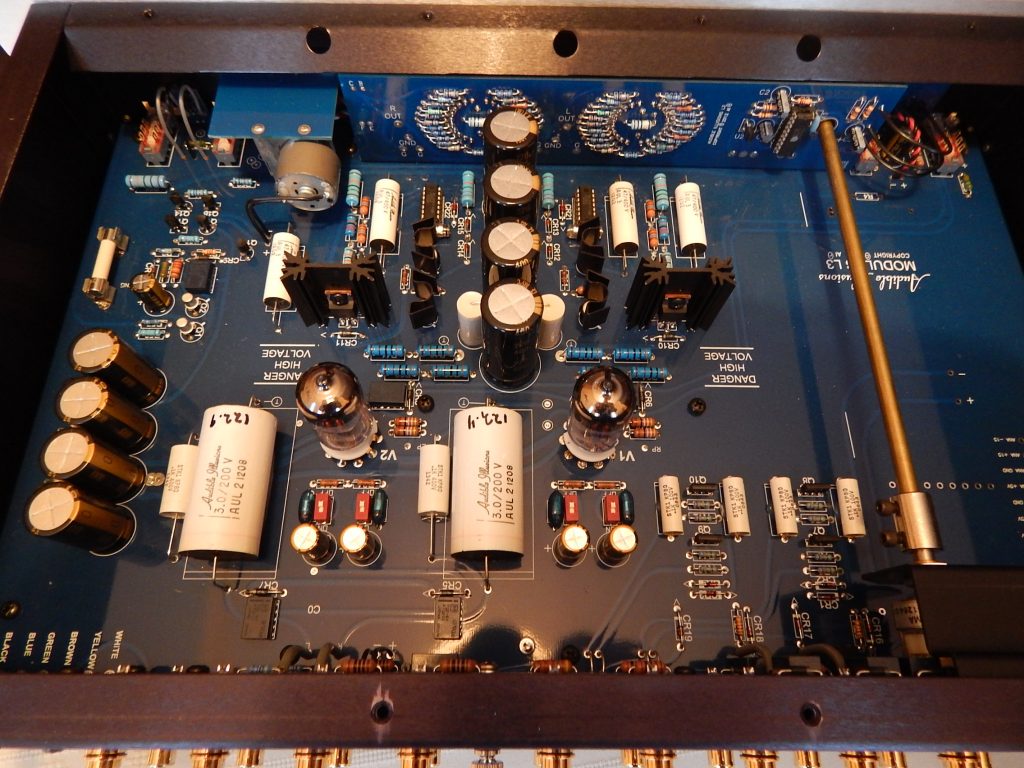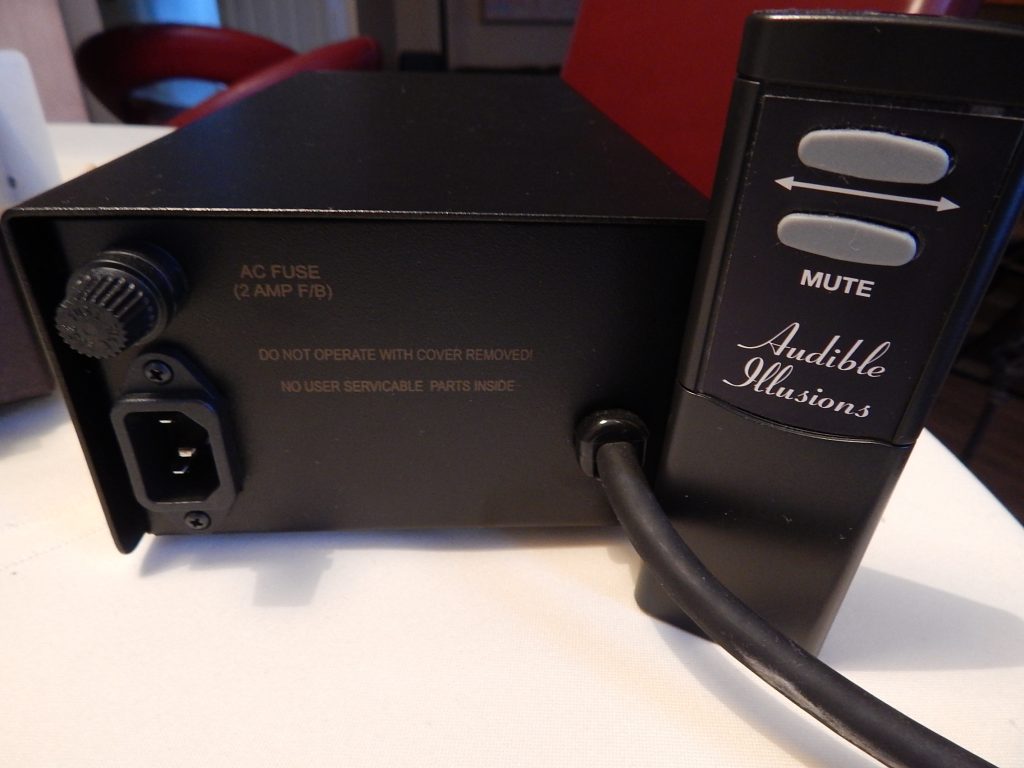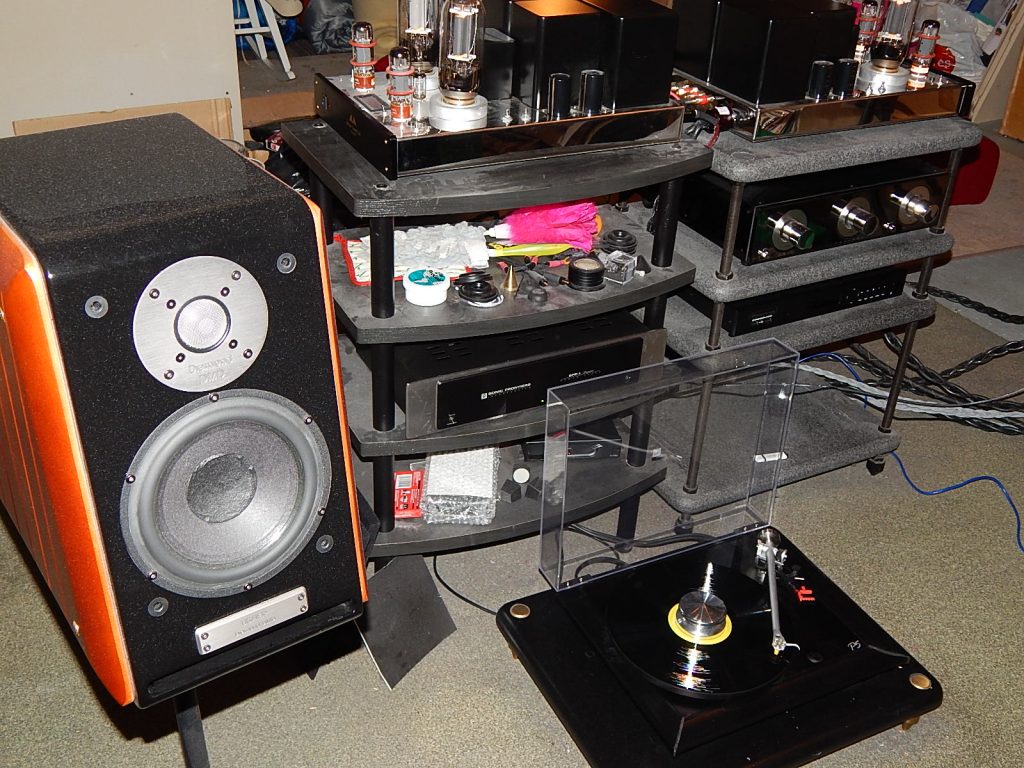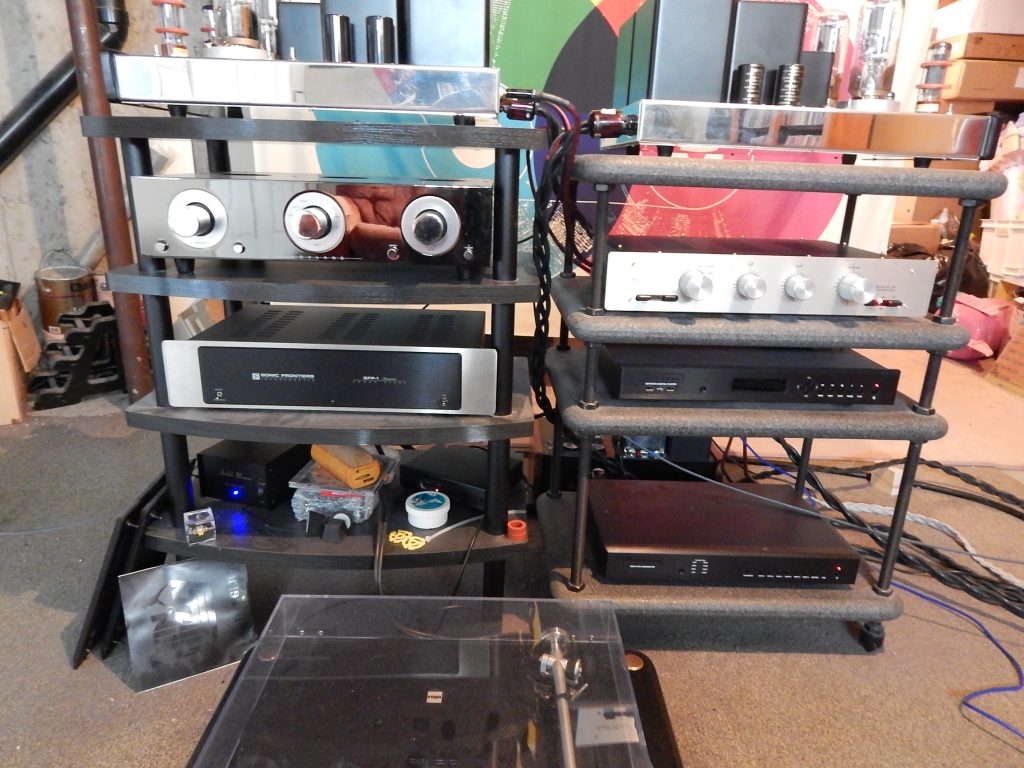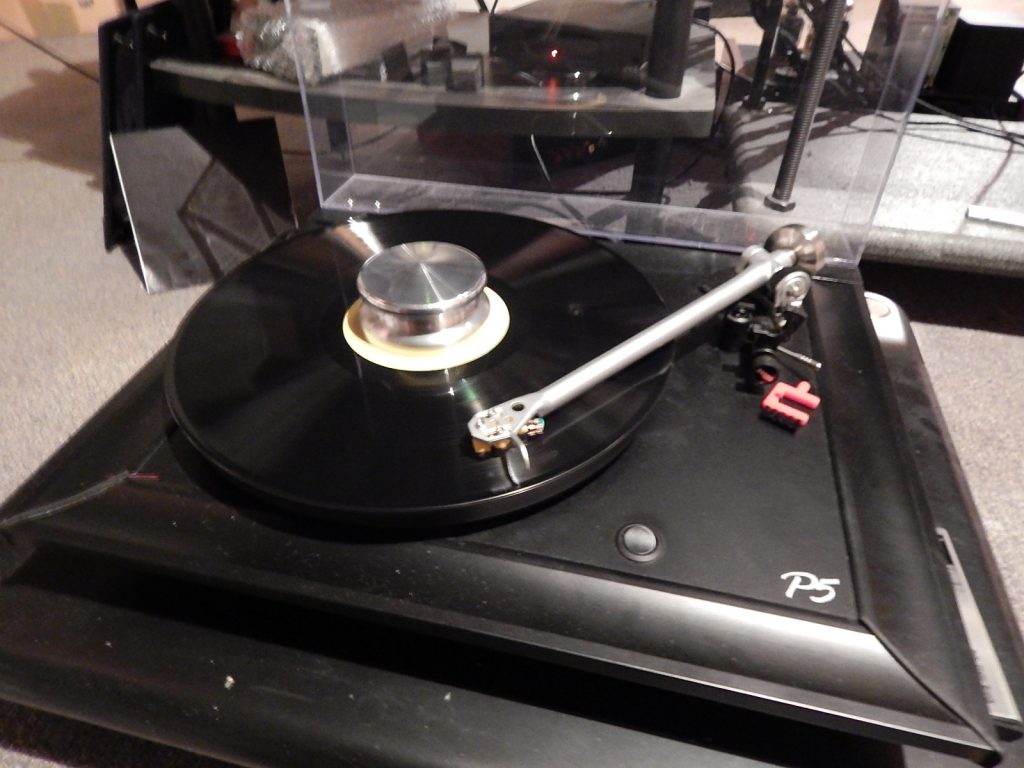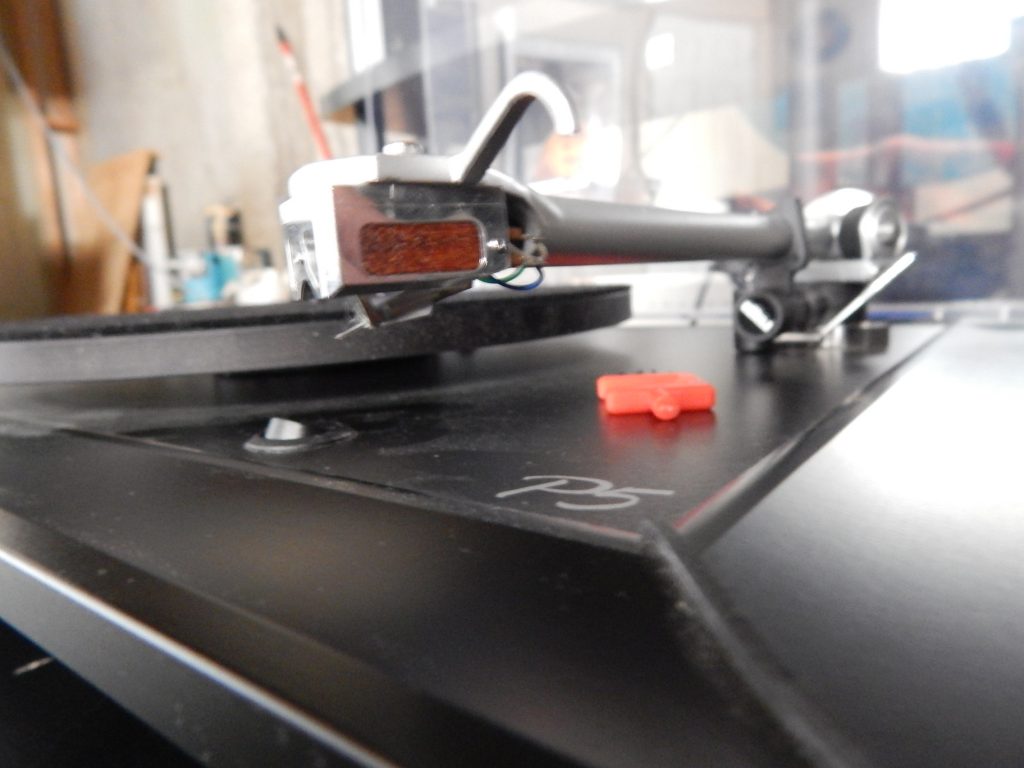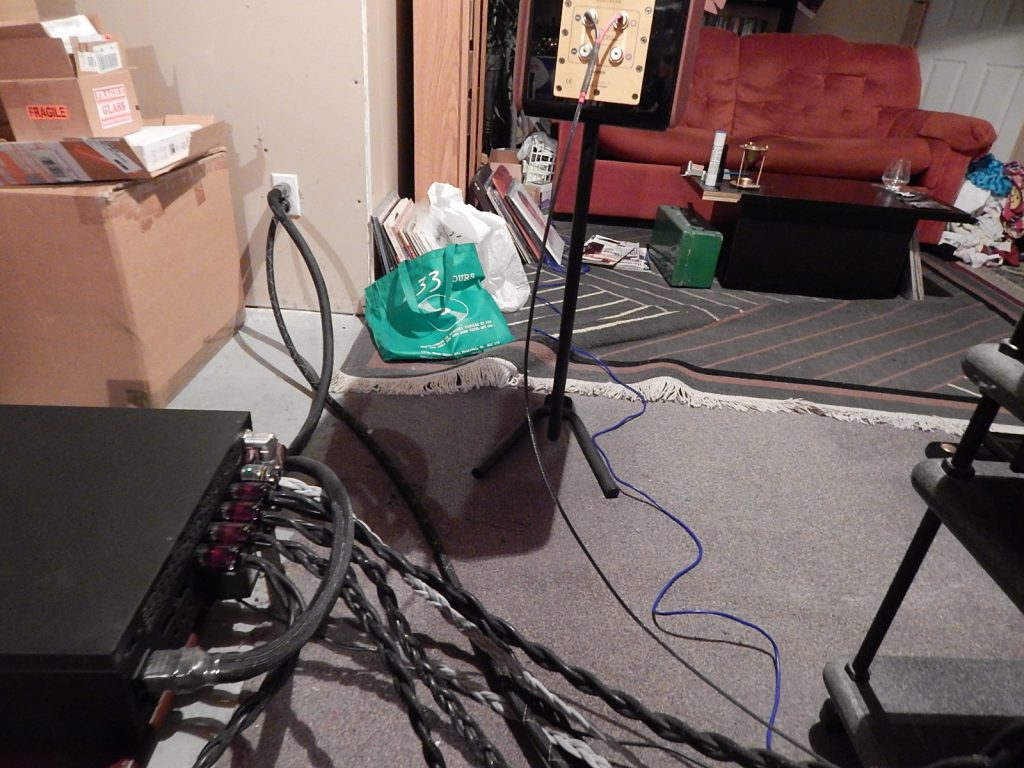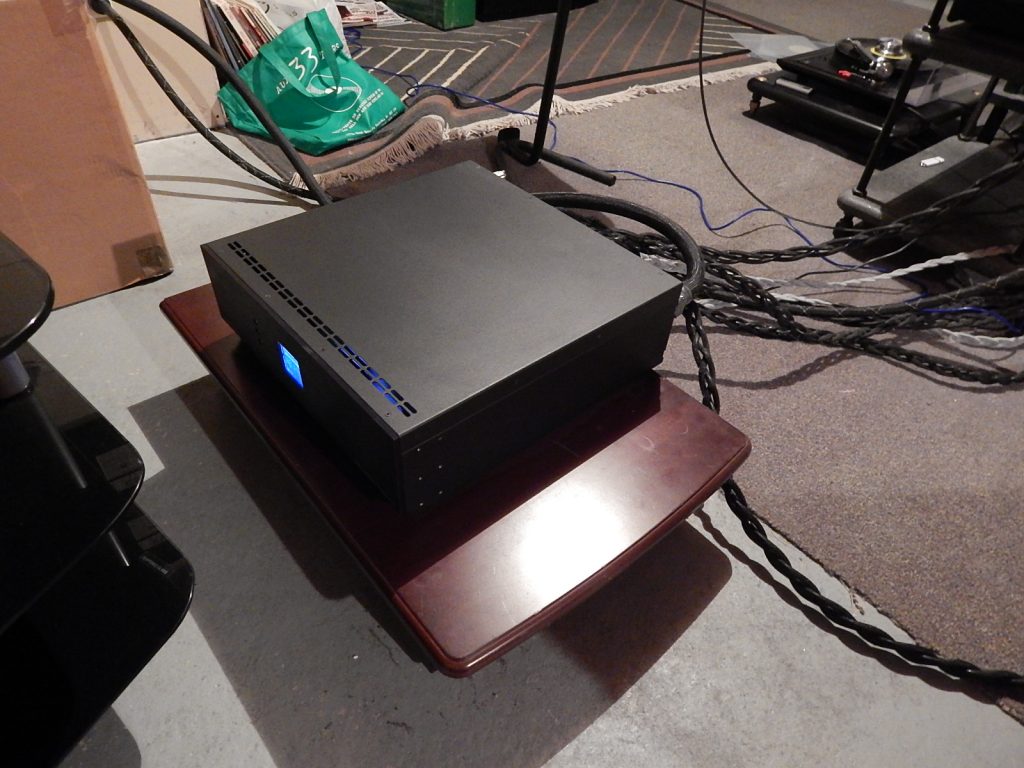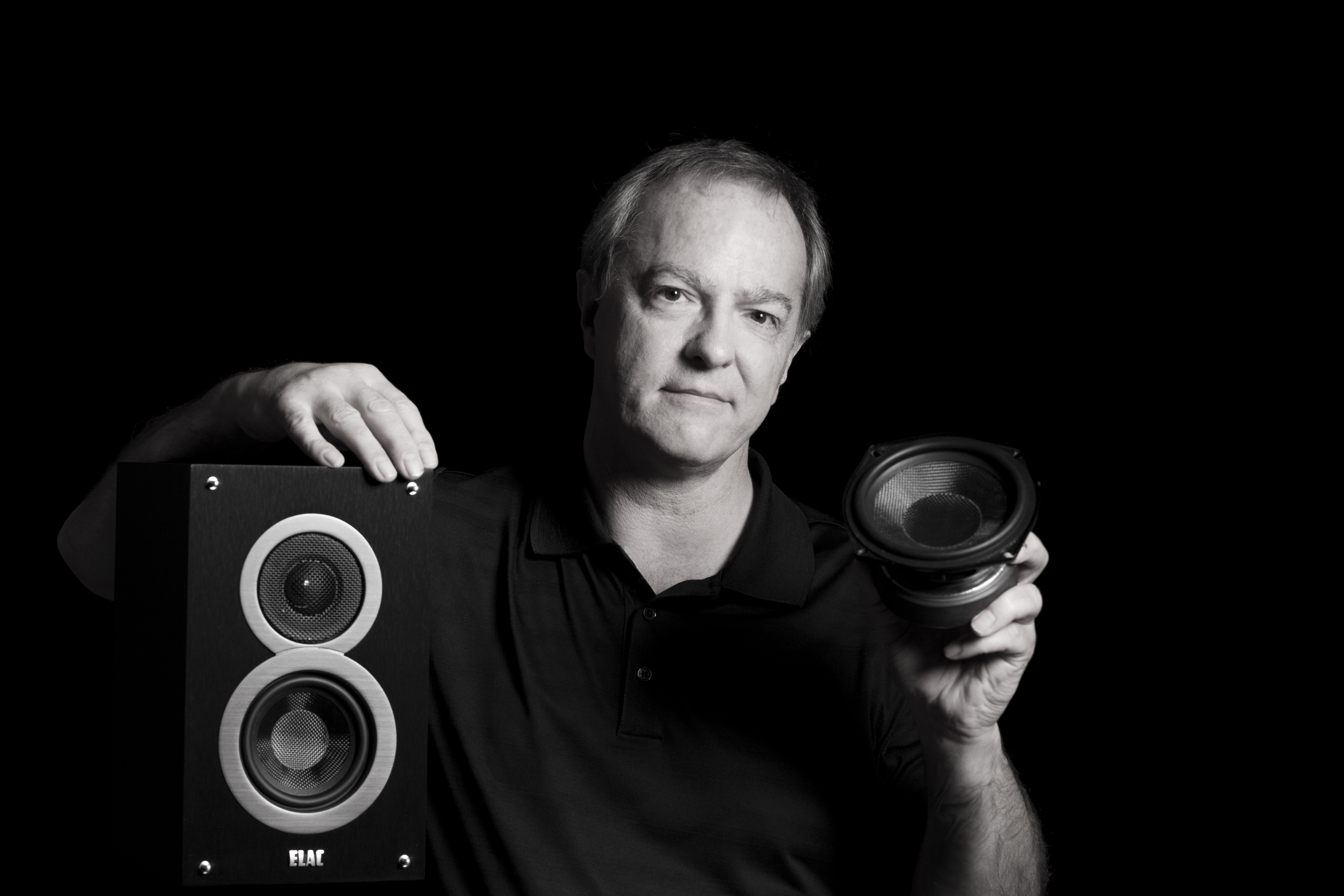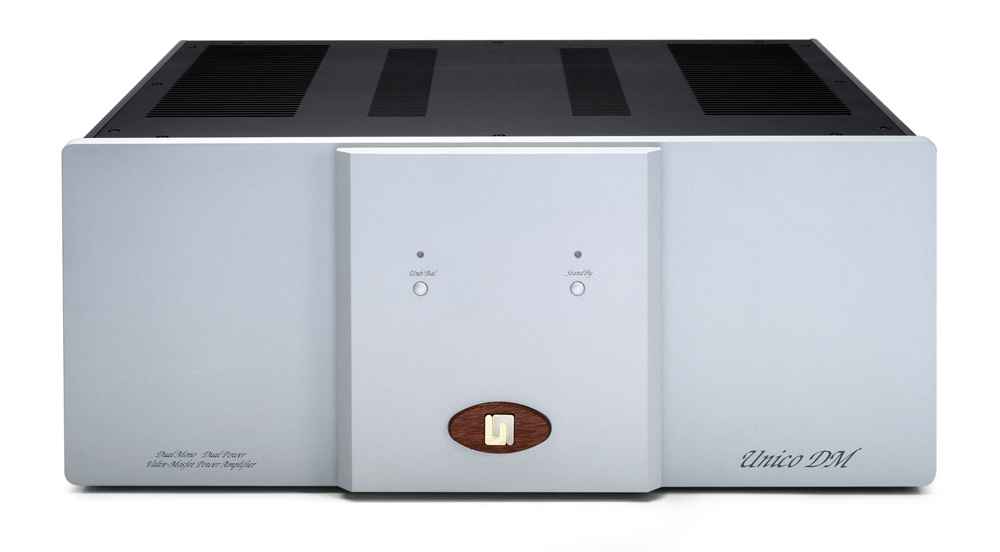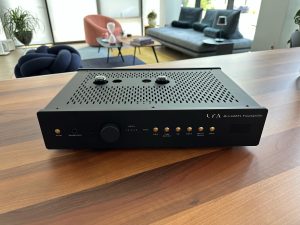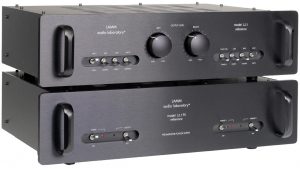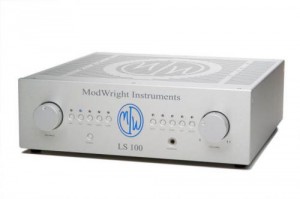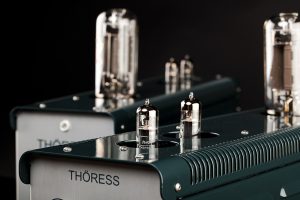$42,790 worth of preamp sound for $4695?
Part Un – Genesis:
"Horn-type speakers almost ruined my hearing," said Audible Illusions' head honcho, Arthur Ferris, of his bygone love affair with JBLs and Altecs.
"One night I was playing a record of Frederick Fennell's Band Marches," said Ferris. "On one of the cuts there was a big boom from the bass drum and because I had the volume turned up that bass shot hit me in the side of the head like I was hit with a baseball bat. I immediately fell to the floor holding my head in great pain and my ear canal began to drain fluid. The audiologist said I had almost ruptured my eardrum. I didn't play my stereo system for weeks."
Enter Saul Marantz, who probably saved Ferris's hearing: "Saul told me 'you will ruin your hearing if you keep playing with those damn horns!'. The week after my ear incident, I received a pair of Dahlquist DQ 10s—a gift from Saul. Those speakers changed my audio life!" And not just when it came to Ferris's hearing: "The DQ10s enabled me to hear more low-level detail in recorded music," Ferris said. "This evolved in my desire to create accurate audio equipment."
Ferris, who, in the '70s, was one of the largest exporters of Asia-bound classic McIntosh and Marantz gear, is a disciple of hi-fi's golden age, a phase of flourishing innovation during which Ferris broke bread with some of the audio greats: Joe Grado, Sid Smith, Saul Marantz, John Curl.
Though in existence since the late 70s, Audible Illusions is not, in 2018, a ubiquitous brand name—odds are you won't find AI gear at your nearest audio boutique. It's a state of affairs that has helped AI maintain an artisanal, audiophile-authentic cachet. Rather than crank out a new audio product or upgrade every calendar year to stir up sales, AI's first priority is to make the best audio gear it can, at price points that aren't over the top.
When asked to describe his character, Ferris's answer might offer insight into his work ethic: "I'm an obsessive-compulsive perfectionist."
Part Deux - The Lamb and the Lamm
Preamps are the heart of an audio system because they deliver music like blood into the system's vital organs and up into our brain. An upgrade in one's preamp is an upgrade to everything it is linked to.
In 2014, Stereophile's Robert Reina published a review of Lamm's four-chassis (two mono preamps with their respective power supplies) then-flagship linestage, the LL1 Signature*. At the time, the LL1 cost a whopping $42,790, a price RR determined, by review's end, to be in line with the preamp's build quality and audio performance.
So what? So this: As per Reina’s review, the Lamm was a single-ended, class A, no feedback design. Ditto the L3A. The Lamm used four Russian dual-triode (two triode tubes in one) tubes per chassis, connected in parallel to provide high bias current without the need to use a cathode follower in the signal path. Similarly, the L3A uses 2 dual-triode tubes connected in parallel. Each of the Lamm's external power supplies used a choke input to reject EMI-induced noise. Ditto the L3A's main power supply, although this one attaches to the main chassis via a captive umbilical cord, unlike the Lamm's two detachable ones.
The similarities don't end there. As with the Lamm, the L3A comes equipped with outputs that invert polarity; a volume pot for each channel, and a tape loop one can engage to bypass the main input selector to achieve greater signal purity, which is how, for the purposes of this review, my phonostage was hitched to the L3A. (I played only vinyl.)
Obviously, the Lamm came in more boxes than the L3A. But the L3A is simpler by design, on purpose: Ferris is unwavering in his belief that, in his words, "in high resolution audio systems, the ear quickly discerns a loss of clarity and immediacy created by every unnecessary active device, resistor, capacitor, etc. in the circuit path."
There is one thing the AI has more of than the Lamm: a handheld volume control. It's a diminutive, plasticky thing that allows you no other option than to temporarily shut up your system or make quieter musical passages louder and loud ones softer, all from the comfort of your listening chair. It really is an ingenious device, and every preamp, not just the cheap ones, should have one.
I am not, by the way, alleging that the AI sounded as perfect as the Lamm, or was as sophisticatedly engineered, or contained as many quality parts. What I'm saying is that both AI's and Lamm's philosophical preamp-design underpinnings hail from the same neighborhood.
Part Trois - The Sonic Offering
Not having had the opportunity to listen to the Lamm myself, I can't say how it sounded from experience, but I'll say this: Many of the qualities Reina attributes to the Lamm's sound can also be used to describe the L3A's performance: "...a sense of unfettered, dynamic ease and drama, the ability to render each instrument within its own dynamic envelope, to unravel an extraordinary amount of detail..."
Art Blakey, 3 Blind Mice (LP, United Artists Jazz, UAJ 14002 1959). I'm there, baby: polite, intimate setting. Ten feet at stage: Freddie Hubbard, in an expert display of breath control into the moist mouthpiece of his trumpet, is making extended, perfectly even, smouldering trumpet sounds. Most exciting to me is when Hubbard lets loose—his instrument's burnished tone rips through the air toward me with the kinetic force of the real thing.
The L3A brought light into Alice Coltrane's murkily-recorded 1971 classic Journey in Satchidananda (LP, Impulse! IMP-228). The preamp did a great job of tidying up the cluttered areas and cutting out the bloat. As a result, the music gained an extra spring in its step. Out of the busy mix, Charlie Haden's bass, Coltrane's harp, Pharaoh Sanders's soprano sax, and the other instruments seemed to pop out with extra zest and creative ingenuity.
The L3A's soundstage—un-gratuitously wide, deep and up-close when called for—had a sucking-in effect on me; I couldn't resist peering inside it to cast admiring peeks at its poetic symmetry, where sounds bloomed in 360 degrees in an unencumbered, fluidly-organic, 3D-like environment. It gave me that audio-hobbyist thrill—true or not, it's not important—that there couldn't possibly exist a more revealing sound than the one whose musical secrets the L3A dolled out at this very instance. (And if there was, who cared?)
Injecting just the right amount of light into a performance, the L3A exposed the finely-engraved contours of voices and instruments out of blocks of sound-wave-affected air: The L3A wasn't just showing me the music; it was showing me the how and why of it.
Listening to Garcia et al.'s harmonically radiant ensemble-singing from the Grateful Dead's Blues for Allah (LP, Grateful Dead Records, GD-LA494-G), in which I could clearly make out their distinct vocal pathways and revel in their combined effect. Or the lifelike presence and bodily form—a form borne of a fractional mix of woodsy or metallic hollowness, lightness, shape, and density—of percussion sounds on "Shiva-Loka" from Journey in Satchidananda, I was convinced in either case that because the L3A allowed me to hear deep into the sonic fabric of those voices and instruments, I could better understand their artistic intent.
The L3A's highs were sweet and airy, but it's the preamp's well-defined, articulate lows that impressed me most, particularly those in the upper bass region that helped fill out higher frequencies and my listening room with rich, reverberant, effortless sound.
Best yet... the L3A proved its musical mettle by making my crappily-recorded LPs, which comprise 95% of my vinyl collection, sound less crappy. I do not for a second (but maybe once did, because self-doubt and misguided thinking are audiophile afflictions) abide by the belief shared by some in our community that a better audio system should make crappy-sounding recordings sound crappier. If that were true, what a stupid hobby we'd have! The roads to great sound are littered with expensive audiophile products that in one way or another produced fabulous sound but not a lick of music. Ugh!
By contrast, the L3A achieved what I most hope for from a serious audio component: It conveyed music's spirit. It conveyed its emotional gravitas. It made me want to listen to music some more. The other stuff, the audiophile sound qualities we get a kick out of hearing, is icing on the cake. The L3A did spirit and icing with equal aplomb.
Part Quatre - The Bottom Line
We have a thing for audio gear or we wouldn't be audiophiles; we'd be music lovers like everyone else.
But I believe there's a part of our audio psyche that wants us to find that special something, a soulmate piece of gear, one for every component category in our life. Once we've taken stock of the equipment we've bought over the years, and tallied those pieces that have made us happy and those not nearly so; once we become more attuned to the kind of hobbyist we are, we gain a deeper appreciation for the real deal: that component that has stood the test of time in our lives that it became like "family" to us.
Only time will tell, but I believe the L3A might be, for me, such a real-deal component. It made me happy to turn on every time. It encouraged me to do something I never do: close my eyes while the music played. The L3A sounded expensive.
As expensive as the many times the price Lamm LL1 Signature? Don't know. But here's a thought: While I listened to it, I never concerned myself with doubts about how less perfect the L3A might sound compared to other preamps, the Lamm included. The L3A was the anti-audiophilia nervosa.
Here's what I do know: many of the same fundamental design principles used in building the $42,790 Lamm are used in building the $4695 L3A.
Chalk up that last bit as one those things that, as C+C Music Factory might've put it, makes me go hmmmm.
*Lamm's LL1 Signature was in production from January, 2009 to November, 2015.
Audible Illusions Modulus L3A Preamplifier
Retail: $4695
Audible Illusions
P.O. Box 2537
Daytona Beach, FL 32115
USA
386.676.2004
http://www.audibleillusions.com
Photographs courtesy of Robert Schryer and Audible Illusions






